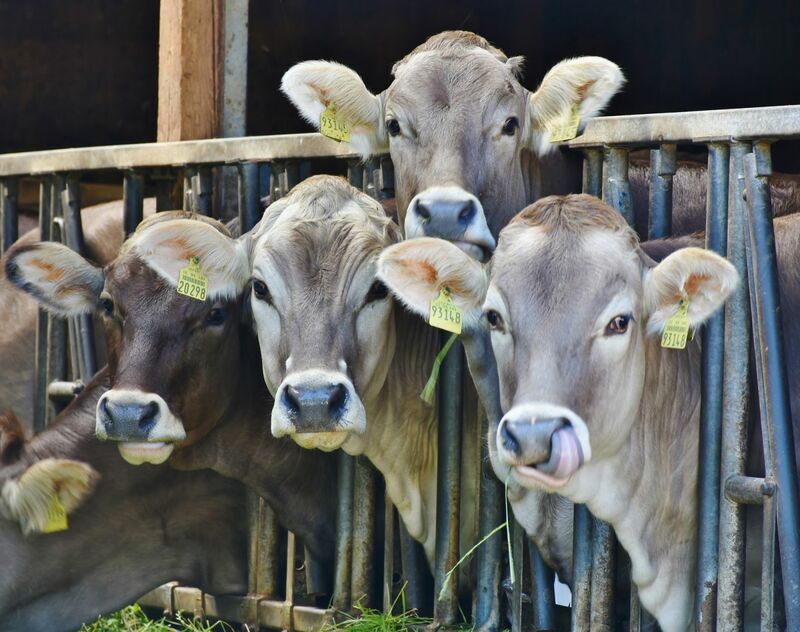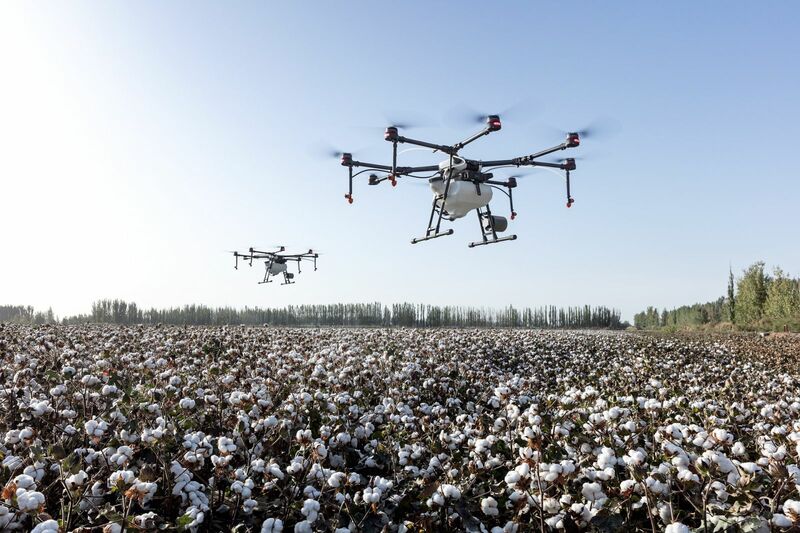I took much of the summer off from writing this column for a combination of reasons. Partially because I wanted to take the few hours dedicated to this piece each week and spend them outside, but mostly because there are only so many ways to say that market changes are limited and that there’s nothing really to talk about.
This summer’s market action surprised me. After all, it is rare to see a summer without a sustained rally, so rare that even though I warned that it could be the case in my April 22nd article, I did not anticipate we would make it through the entire growing season without the slightest hint of a weather scare. For many, the narrative of large crops and limited demand seems entrenched in their mindset, lowering market expectations and prompting calls that we will move another leg lower before any type of recovery in price is seen.
While I understand the sentiment and am smart enough to know you can’t fight market trends (and to recognize how wrong I have been the last few months), I feel like we must be careful assuming we are heading into the same type of pricing patterns seen from 2014-2019. I say this not from a place of trying to provide false hope to the masses, but because of the same reasons I was very bearish throughout much of 2023 and into the start of 2024.
This week I want to talk a bit about the wheat market and the developments we are seeing this year versus last. Wheat like corn and soybeans has heard a lot about burdensome world supplies and cooling demand, but is that still the case? Production losses due to poor weather, exacerbated by reports of poor quality and a twist in the Russian/Ukraine war has the potential to turn the world wheat market on its head. Let’s take a look at what I am watching in wheat and why it could matter as we head into fall.
Wheat was the first market to retrace its entire move from 2020 lows to post-invasion highs and back to 2020 lows--and it did so on the back of huge global supplies and slowing demand. The huge supplies and slowing demand allowed for larger than normal carryover from last crop year to this one in many parts of the world, leading to wide carries and an ill defined cash market.
The market structure in wheat this year is an interesting one, we have just about every major wheat producer in the world outside of the United States and Australia dealing with some type of production hiccup. In Europe, we have seen both France and Germany battle conditions that were far too wet for much of the year, only to end with a French crop that’s the smallest since the mid-1980’s, with less than a third of it able to meet quality specifications for export.
Russian production has been reduced as well, down over 10 mmt from last year’s crop, with ideas it could continue to shrink after parts of the country struggled to get the spring wheat crop harvested. Russian exporters are not only battling a smaller crop and a more involved government, but we are also hearing of problems with financing and the facilitation of trades due to banking sanctions as well.
While it is early in the planting campaign for much of the Northern Hemisphere, dryness in the Black Sea, the US and Eastern Europe needs to be watched, with too much moisture plaguing other parts of Europe. Prices so far are not pushing farmers to plant into less than ideal conditions or acres that they may have previously been on the fence over as well, possibly leading to reductions in the new crop outlook
This would all be worrisome and somewhat supportive to price on its own but add into it the uncertainty over what happens next between Russia and Ukraine, and things could get very interesting when it comes to the world wheat pipeline. I have argued over the last several months that part of what helped keep grain flowing and prices low for the world consumer even after Russia’s invasion of Ukraine was how contained the war was to a certain extent.
The areas of fighting were well known, allowing for most other parts of the region to establish a new sense of normal, even in the face of war. However, with Ukraine now launching its attack into the Kursk region, and possibly finding ways to hit deeper into Russian territory, the outlook for agriculture in the areas along the Ukrainian border for both countries must be discussed. In addition, we are seeing Russia spread out their attacks, removing a level of safety from other areas of Ukraine as their air defense systems are still solid, though nowhere near as impenetrable as once seen.
Speaking of geopolitical risks, Middle Eastern countries have begun to seek additional wheat coverage as well, just in case the military threat in the region spills over. However, with the massive carries in the market there seems to be confusion over why prices are exponentially higher for deferred shipping periods, something that is a return to normal but also very different than seen the last few years, when the most expensive values were paid up front.
This was a factor in the record setting Egyptian wheat tender issued recently. The country’s buyer group sought values on 3.8 million metric tons of wheat, almost 10 times the typical tender size, but only purchased around 10% of that, citing problems with financing and deferred pricing levels that were considered too high. Buyers say they are still working to source the wheat privately, likely trying to work with Russia.
The thing with wheat that tends to cause the most trouble is it needs to be put away before corn and soybean harvest starts in earnest. Because of that many times the wheat pipeline grows sloppy as we work through August and into September, with the majority of what needs to be moved shipped by the start of October. Once the wheat that needs to be moved has found its home, it’s going to take a lot of effort to get it to re-enter the pipeline.
How this fits into when the world buyer would like to get engaged could get interesting, especially if we see fall weather limit the amount of freshly planted wheat able to get a good start ahead of winter.
When all is said and done, I would not sleep on the wheat market, not even a little bit. World supplies of high quality wheat are quite a bit tighter than we have seen over the last couple of years, with risks of it getting even tighter. China’s lack of engagement after a record crop there and thoughts we could see grain import restrictions will likely keep this market from getting crazy, but how basis and spreads react once we see the majority of supplies put away will likely tell a far more intriguing story than what we’ve been hearing these past few months.
Next week we will look at what I’m watching when it comes to corn fundamentals, and why I am optimistic there for many of the same reasons I am in wheat. As always, let me know if you have any questions! Have a great week.
On the date of publication, Angie Setzer did not have (either directly or indirectly) positions in any of the securities mentioned in this article. All information and data in this article is solely for informational purposes. For more information please view the Disclosure Policy here.
Disclaimer: The copyright of this article belongs to the original author. Reposting this article is solely for the purpose of information dissemination and does not constitute any investment advice. If there is any infringement, please contact us immediately. We will make corrections or deletions as necessary. Thank you.







